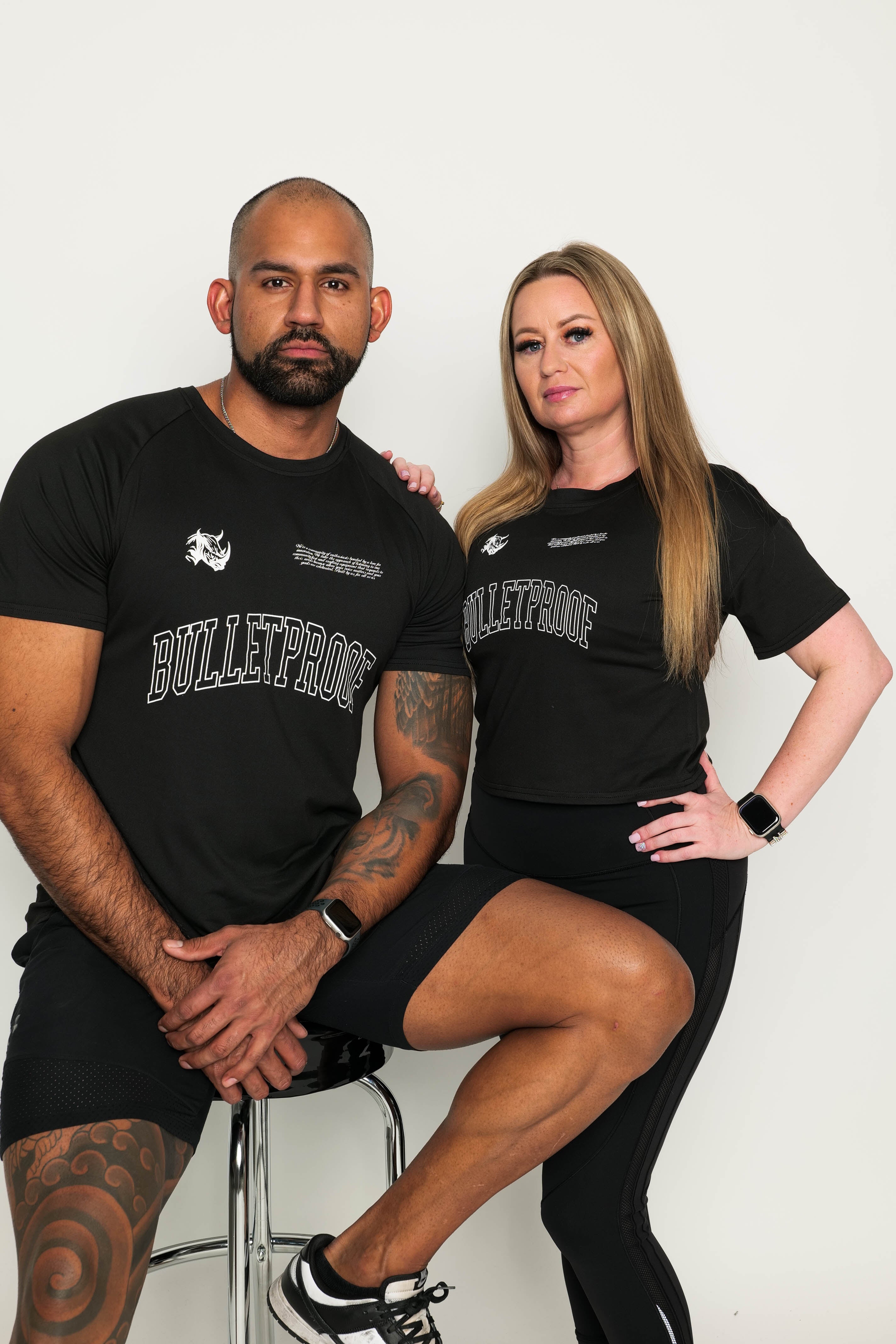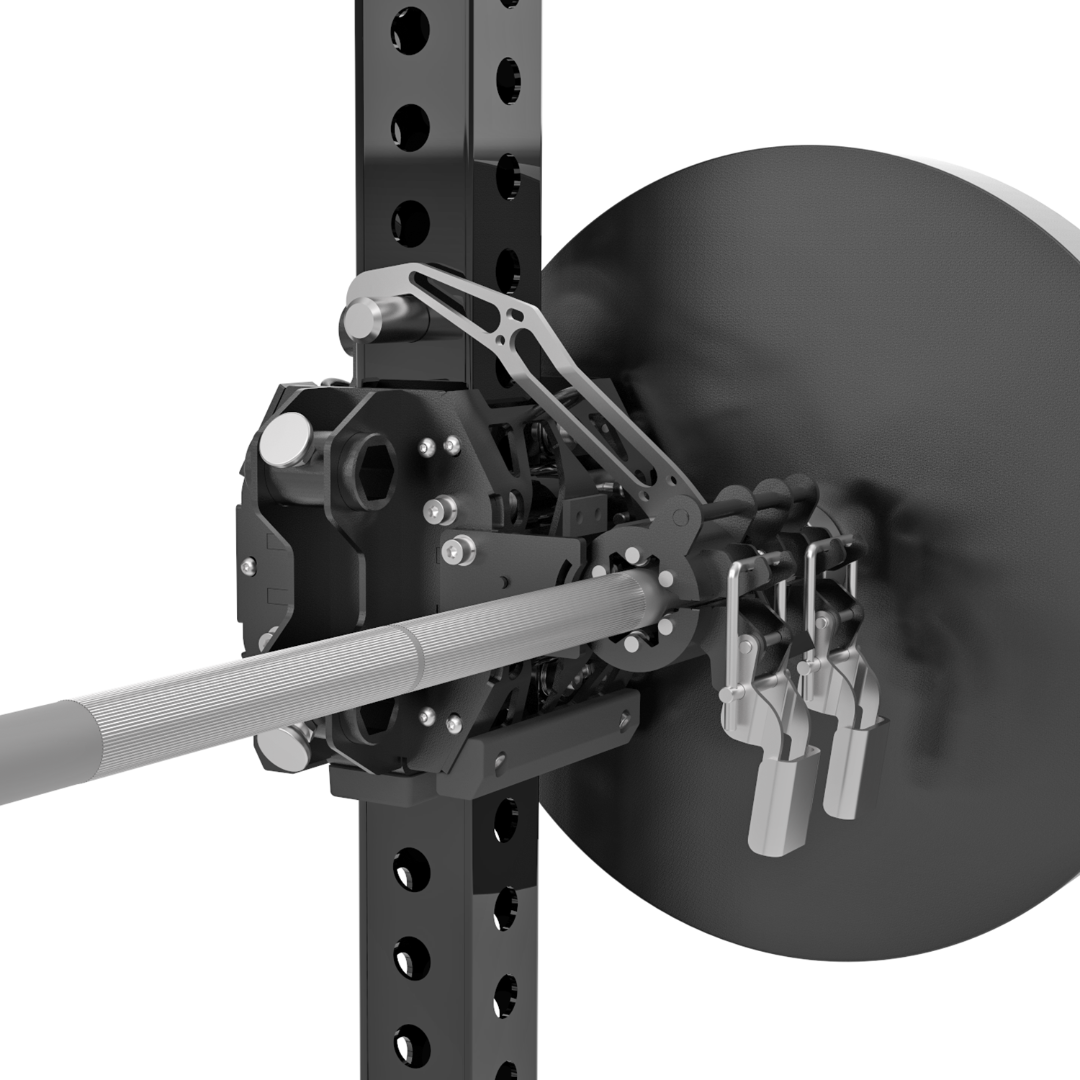ISOLATOR SETUPS
ISOLATOR CAM SETUPS
Tap to view example setups, videos, and parts lists using this product.
›
ISOLATOR CAM SETUPS
Tap to view example setups, videos, and parts lists using this product.

CAM TO VTS WITH 1:1 RATIO USING SAME UPRIGHT
Watch Video

CAM TO VTS WITH 1:1 RATIO USING SAME UPRIGHT
BEST FOR:
- Low-cost setups (requires only one pulley)
- Simple setup
- Compact footprint
- Users who find 1:2 feels too heavy for curls or other movements
- 1:1 ratio gives easier starting weight
- Must consider starting weight of VTS
- Limited ISOLATOR movement up/down
- Back upright setup gives more adjustability
- Not very strong users or those OK loading more plates
- More weight = more wear on VTS over time
- Users OK leaving ISOLATOR on or removing to use VTS
- Back upright allows VTS and ISOLATOR to stay separate

CAM TO VTS WITH 1:2 RATIO USING SAME UPRIGHT
Watch Video

CAM TO VTS WITH 1:2 RATIO USING SAME UPRIGHT
BEST FOR:
- Lower-cost setups (double-side pulley bracket + floating pulley)
- Fairly simple setup
- Compact use of space
- Stronger athletes needing more resistance
- Higher effective load from same plates
- ISOLATOR movement limited (trolley travels twice the distance)
- May need to set ISOLATOR very low for long-ROM work
- Preacher curls & weak-range movements may feel heavy
- Good for users OK leaving setup as-is or removing ISOLATOR each time

CAM TO DOUBLE WEIGHT HORN TROLLEY — FRONT FACING PULLEY with 1:1 Ratio ON CROSSMEMBER UPRIGHT
Watch Video

CAM TO DOUBLE WEIGHT HORN TROLLEY — FRONT FACING PULLEY with 1:1 Ratio ON CROSSMEMBER UPRIGHT
BEST FOR:
- Users with a rack 40” deep or greater
- Anyone who wants to dedicate a separate upright for the trolley
- Users who want more total load capacity — 16" of weight horn space
- People who want more loading without needing a doubled pulley setup
- Users who understand increased wear and tear at higher loads
- Not recommended with the Crossbow Cam
- Users who want future expansion into more trolley-based setups
PARTS:
- ISOLATOR Cam
- ISOLATOR Cam Bottom Guide Pulley Bracket
- Single Side Pulley
- Double Pulley (Side-Attached)
- Additional Single Side Pulley
- 60" Upright with Cross-Member Upright Bracket
- Cable
- Round Long Cable Termination End
- Double Weight Horn Trolley — Front Facing Pulley
- OR Side Weight Horn Trolley — Side Facing Pulley (9" or 12")
ISO ARMS WITH ISOLATOR CAM SUGGESTED SETUP
Tap to view how we recommend running ISO Arms with the ISOLATOR Cam and VTS.
›
ISO ARMS WITH ISOLATOR CAM SUGGESTED SETUP
Tap to view how we recommend running ISO Arms with the ISOLATOR Cam and VTS.

ISO ARMS ON CAM 1:2 RATIO TO VTS ON SAME UPRIGHT
Watch Video

ISO ARMS ON CAM 1:2 RATIO TO VTS ON SAME UPRIGHT
BEST FOR:
- Compact setups where everything is on one upright
- Lower-cost
- Fairly simple setup
- Users who want to use ISO Arms with the VTS but don’t need maximum felt load on every movement
- People who still want to do a wide variety of lifts without going to the heaviest-feeling ratio options
NOTES / LIMITATIONS:
- Because it’s a 1:2 ratio, the VTS trolley travels twice as far, limiting certain setups
- Some higher setups are limited because the VTS is above the ISOLATOR
- Counterweight on ISO Arms may be required for heavy dips, lat pulls, etc.
- Moving sleeves further down increases felt load
- 1:1 ratio is too strong in this configuration
- Heavier loading increases wear and tear on components
- Great for general use across many lifts
- 1:2 / 1:3 combo setups are excellent for flexibility
- Very strong athletes may prefer the Crossbow Cam
ISOLATOR COUNTERWEIGHT OPTIONS
Tap to view counterweight setup options for the ISOLATOR.
›
ISOLATOR COUNTERWEIGHT OPTIONS
Tap to view counterweight setup options for the ISOLATOR.

Isolator Counterweight — Rear Upright Trolley
Watch Video

Isolator Counterweight — Rear Upright Trolley
VIDEOS:
PARTS:
- Round Long Termination End (on ISOLATOR handle)
- Single Side Pulley (upper)
- Single Side Pulley (redirect)
- Double Weight Horn Trolley — Front Facing Pulley
- Cable
Cable runs from the ISOLATOR handle → up to upper pulley → back/down to redirect pulley → down to rear upright trolley for counterweight.



